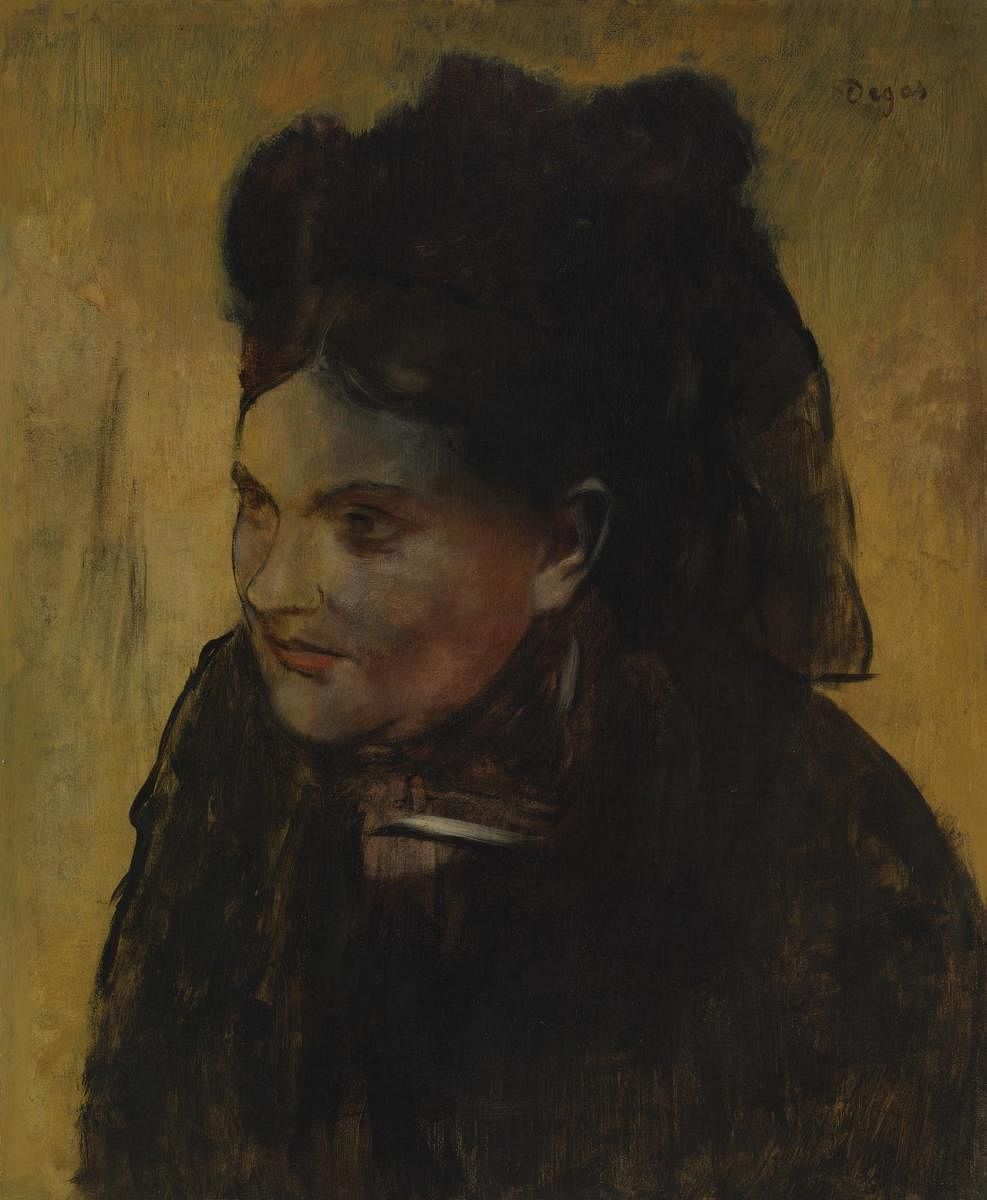
Scientific and technological advances are pushing the boundaries of traditional art, from video and digital expressions, kinetic works that are aligned with principles of aerodynamics, to multimedia works and use of artificial intelligence in art installations. Recreations of paintings as walk-through installations and digital interfaces are extremely popular and provide an immersive experience to the viewer. This forms one aspect of usage, which the audience is more familiar with and tends to relate to.
At the other end of the spectrum, scientific and technological tools are used extensively in investigative methods deployed in conservation and restoration efforts and also in the investigation of frauds related to art. Conservation and restoration processes can often cause surprising facts to emerge.
It is well known that artists paint over images and paintings; they may reuse the canvas or add visual elements till they are completely satisfied with the work. Scanning tools can offer a glimpse into these hidden visuals, which are invisible to the naked eye.
It is a fascinating process to uncover another painting beneath the surface of one, or to discover motifs and pictures, which have been added later on either by the original artist or in some cases, by someone else at a much later date, all of which adds to the excitement of a new discovery.
In addition, the process of restoration can sometimes lead to emergence of new details, which are lost due to either ‘overpainting’ or because they have faded away with time.
Recently, a picture of a Cupid on the wall in the background was revealed during a restoration of Johannes Vermeer’s Girl Reading a Letter at an Open Window. The large-sized image of Cupid was first evident in 1979 when x ray imaging techniques were used, but it was clearly revealed only when major restoration was undertaken.
Earlier, an underlying portrait was discovered hidden under the ‘Portrait of a Woman’ by artist Edgar Degas. Again, this involved the use of powerful and highly sensitive imaging techniques that were able to detect pigments and their distribution, which is then reconstructed digitally to recreate the image.
The reconstruction and digital restoration of old works — oils paintings by masters and ancient wall paintings in caves offer great insights into the subject matter and critical detailing. Synchrotron radiation is one of the popularly used tools in such cases and it has emerged as a safe and important technique in studies involved in research and conservation of artworks.
Use of new scanning devices is associated with much fear and anxiety, especially when applied on expensive art as there are concerns regarding their safety in terms of any heating or other damage that can be caused, inadvertently. Still, it forms an exciting area of study and unfolds many stories that will eventually survive generations.
The author is a Bangalore-based art consultant, curator and writer. She blogs at Art Scene India and can be reached on artsceneinfo@gmail.com
Dab Hand is your fortnightly art world low-down.